The 3 levels of government work together to ensure all Australians are able to live, work and participate fully in our community.
|
Federal government In 1901, Australia became a nation. This is known as federation. The decision-making body of the federal government is Federal Parliament, which consists of two houses – the House of Representatives and the Senate. People elected to the House of Representatives each represent a separate division or electorate in Australia. The leader of the federal government is called the Prime Minister. This is a person who has been elected (by their fellow party members) as the leader of the party that has won the majority of members elected to the House of Representatives. The Senate plays a joint role with the House of Representatives in reviewing, debating and voting on proposed laws. Representatives elected to the Senate are called Senators. Federal elections are held every 3 years and your representative is called a Member of Parliament (MP) or Senator. Federal government responsibilities include: foreign affairs, Centrelink, NDIS, Medicare, industrial relations, trade, immigration, visa issues, currency, defence. Contact your local federal member for assistance. |
State and territory government The decision-making body of state government is the State Parliament which meets in the Parliament House of each state. The leader of the state government is called a Premier, or Chief Minister in the 2 Territories. Queensland Parliament is the only state parliament in Australia without an Upper House. This means that it has just one House—the Legislative Assembly. Members of the Legislative Assembly make decisions about new laws and proposed changes to legislation. As part of the democratic process, members also debate the key issues of the day and ask questions of Ministers. Residents elect a state member to represent them for a term of 4 years. Your representative is called a Member of Parliament (MP). State and territory government responsibilities include: justice, police, consumer affairs, public housing, health, education, forestry, public transport, main roads. Contact Chris regarding state government issues if you live or work in the Bancroft electorate. |
Local government There are 77 local governments in Queensland. The decision-making body of local government is usually called the city council or shire council. Councils are established by state governments to look after the particular needs of a city or local community. The people's representatives who form the Council are called aldermen or councillors. The head of the Council is the Mayor or Shire President. City of Moreton Bay has 12 divisions. Residents elect a Mayor and a Councillor to represent them for a 4-year term. Council divisions 2,4 and 5 sit within the Bancroft electorate. An important part of the Councillors' roles for these divisions is to advocate for residents on local council issues. Local government responsibilities include: street signs and local road maintenance, garbage collection, building regulations and land subdivisions, libraries and recreation facilities such as swimming pools and pet registration. Contact the City of Moreton Bay directly about local government issues, or ask for assistance from your local Councillor. |
Not sure which electorate you live in?
Check your electorate by searching your address here. It includes information about your local council division.

